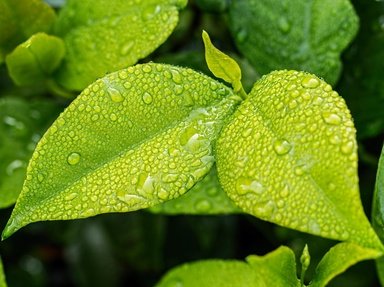Quiz Answer Key and Fun Facts
1. Kudzu is a plant native to the state of Georgia.
2. Bald Cypress trees, which grow prolifically throughout the swampier areas of the southern U.S., are called by that name for which of the following reasons?
3. What is the common name for an evergreen tree that is indigenous to the southern U.S. and has white blossoms that can be as large as twelve inches in diameter?
4. The Canna Lily is not only a native of the southern U.S., its range also extends to South America, as far south as northern Argentina. It is essentially a tropical/subtropical flower but has been introduced into temperate zones throughout the world.
Where does the Canna Lily derive its name?
5. A plant that I grew up calling "sweet shrub" is actually known as Carolina Spice, although it has other names as well.
What color are the blooms of the plant that I know as "sweet shrub"?
6. This flowering bush was first introduced into the southern U.S. at Charleston, S.C. around 1790. It was imported from China and/or Korea, and thrives extremely well in the southern climate.
By what common name is this shrub, that can grow up to 12 feet tall and is heavily laden with small blooms found in large clusters all over, known?
7. Another favorite of southern gardens is the hydrangea bush. While native to both southeast Asia and the Americas, the large round flowers that resemble pom-poms are usually found in which of the following colors?
8. As ubiquitous as grits and cornbread, this southern U.S. flowering shrub is native to the region. Azaleas were originally exported from the area to locations all around the world.
9. This plant is often confused with poison ivy because of a similar appearance. While it is native to various parts of the eastern U.S., Canada and Mexico, its name is derived in part from the Greek "parthenocissus"; meaning "virgin ivy". Can you tell me the common name of this vine?
10. Water lilies can be found in Georgia, growing in the wild.
Source: Author
logcrawler
This quiz was reviewed by FunTrivia editor
rossian before going online.
Any errors found in FunTrivia content are routinely corrected through our feedback system.
